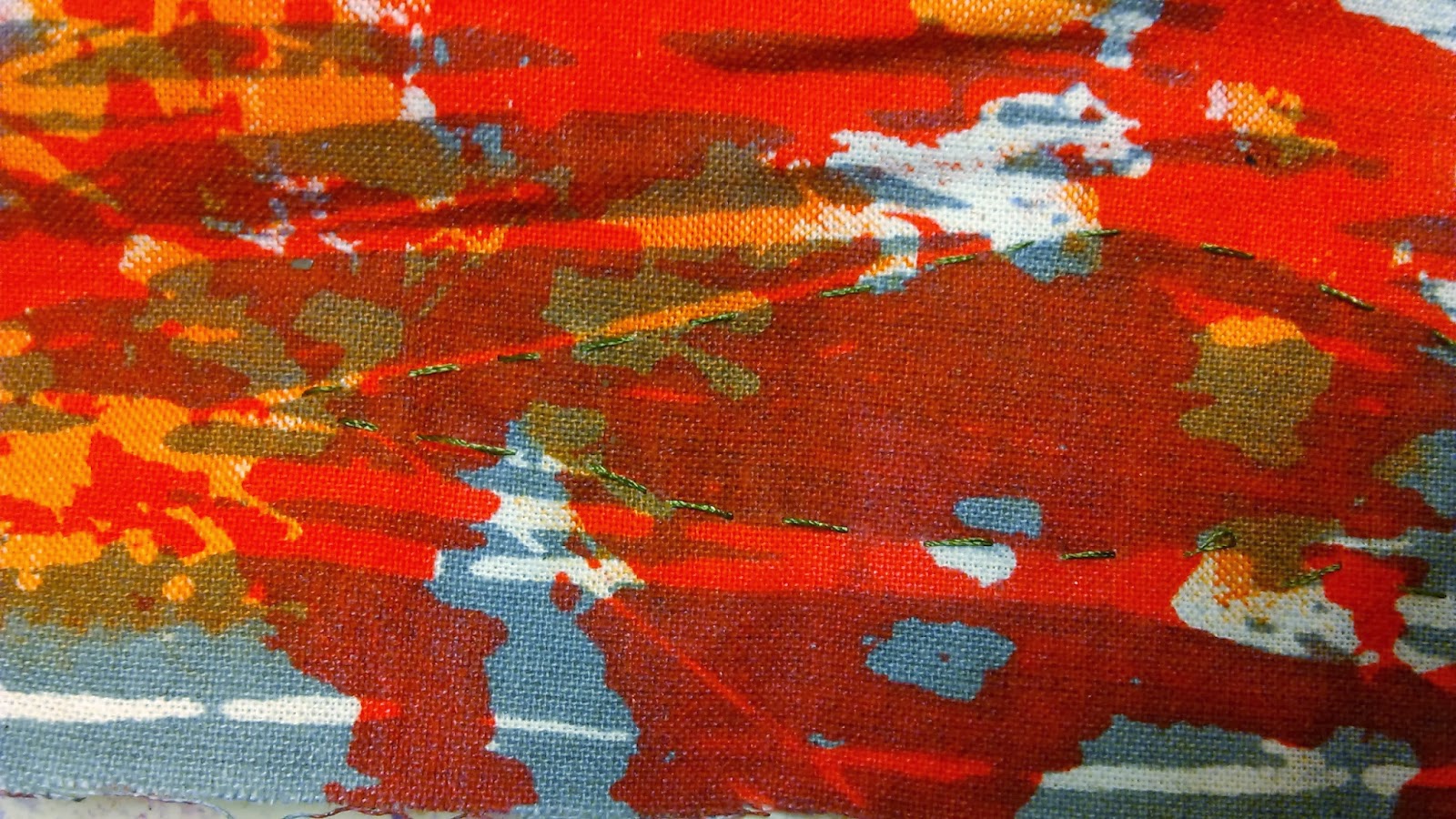I chose to research the era 1920's. I chose this era as it is something i personally really liked, I've always been fascinated by the clothes from this era. I also picked this era as it is one of the most well known era's for 'vintage' objects. I wanted to explore the fashion of this era as it was something i thought i could have a lot of ideas and different outcomes with. I also wanted to explore the fashion of this era as fashion from the 1920's is very famously known as 'vintage clothes' and i wanted to really explore the vintage part of this project brief.
Throughout this project i have undertaken alot of research to add to my work. Parts of this research were on the internet, finding out key events/toys/fashion and different interesting aspects about the 1920's. I found this type of research really useful as i could get to what i wanted to know really quickly. I also undertook research on the fashion of 1920's by lending books about 1920's fashion from different library's, reading about the different styles of fashion from flapper dresses and evening wear, what was acceptable and what wasn't. I also used these books as references for my design pages, to take inspiration from the images and information they provided and incorporate it into my own work. I liked this type of research as it was very informative. Because of the methods of research that i have undertook in this project, i had loads of idea's to go in to my designs for my bunting.
Once i had done an initial mind map about as much to do about the 1920's as i could find, i decided to choose to focus on fashion as it was something i had gained the most research for. I developed this into a research sheet, including as many images/drawings/paintings i could gather from that era, incorporating 3D effects such as feathers for the headpieces on some of my paintings, adding actual fringe strips onto my work to use as a dress and also adding glitter. I did this as i wanted to incorporate parts of my specialism into work, but without it being 'too much.' This was hard as my specialism is 3D and at first i thought the only things i could add were wood, clay or metal. Once i got over this i had loads of idea's on how to incorporate 3D styles into my work.
.jpg) |
| My initial mind map |
.jpg) |
| My research sheet about 1920's fashion |
From this research sheet i designed my bunting designs. I did this by picking out my favorite aspects of the research sheet, and experimenting with them on a piece of paper, to try and make them into nice, looking designs which also would look as if they fit in with the era, and not just represent the fashion in it. When i finally decided on some designs, i drew them onto a piece of paper, making four different triangle bunting designs in total. I painted and coloured these acrylics and coloured pencils, also adding bits of fringe material and glitter into my designs, showing where i would stitch it on when i had done my design onto calico.
I produced my bunting by transferring them onto magic touch paper, and then using the heat press to transfer it onto calico. I then added glitter and fringe details once it had all finished, to make it look how i wanted it to, using my designs as a reference. I learnt how to use the heat press in this project, something which i enjoyed to use once i had got the hang of it.
(final bunting designs)
I feel as if i used my time well at begging of the project, as i produced bigger pieces of work than what was asked and still had them completed to the deadline we were given for each piece. Despite this, after i had done my research sheet, i began to fall behind with work and didn't manage my time well at all. I think this was because i thought i had a while to do my designs and put them on bunting but because of this, i took longer than i should have on my first design which resulted in my rushing the other three. I think that in some ways, knowing it was a live brief helped me as it helped me get started on it straight away, knowing i had to get it done. On the other hand, i think that id didn't help as i started to rush my work, in fear of it not being done in time which resulted in my work being of poor quality.
Overall i am satisfied with my bunting designs as i think the outcomes were as good as i could have made them with the little time i left to actually produce them. I am more satisfied with parts of my project as parts of it were the best they could have been (the mind map and the research sheet) yet other parts could have been much better. I am going to take this into account with how unhappy i was of my work, and in my future projects i am going to ensure that i stay on track , and plan my time so that i don't fall behind. If i would have done anything differently i would have continued with working at the speed i was at the begging of the project as i feel if i did, i would have had longer on my final pieces of bunting to make them look much better than they did.

































.jpg)
.jpg)













